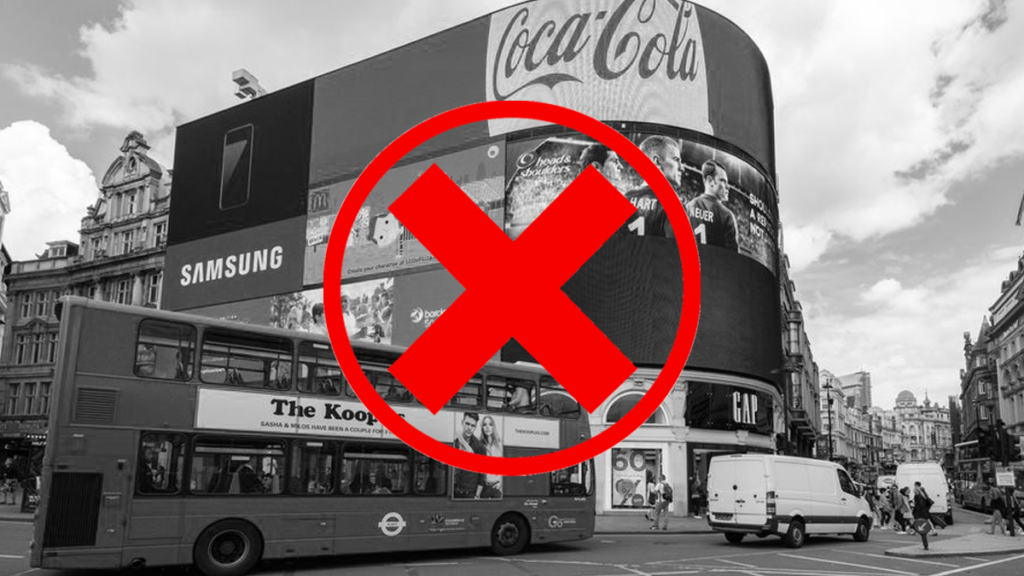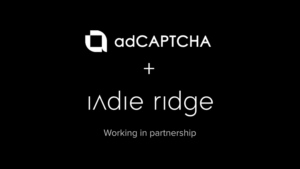By Ben Williams, Director of Advocacy, eyeo (makers of Adblock Plus)
The importance of ads for the sustainability of a free internet ecosystem cannot be stressed enough. Ads are the lifeblood of the publishing community, helping them monetize through revenues as well as enabling online users to browse the internet for free.
This is not to say all adverts bring a smile to the face of online users. While some strike an accord, there are many which simply make users want to switch off. Earlier forms of ads were far easier to ignore — it was as simple as turning over the page in a newspaper or switching channels on the television; but the advent of the internet changed how we consume adverts.
Although digital ads arrived with much promise, oversupply and decreasing value led to the rise of formats and placements many users found unpalatable.
The arrival of adblockers in the early 2000s became a game-changer for the relationship between publisher and the online user, ultimately giving online users greater control over their online experience, allowing them to see the adverts they want.
Ad blocking evolves
Over the years, ad blocking — as a concept and a technology — has evolved. In its earliest form, ad blocking was uncompromising, blocking all forms of advertising. But this approach has softened, with ad-filtering replacing total ad blocking.
In early 2019, we undertook research to understand the browsing preference of online users in Britain and our findings reaffirmed an increasing number of users are moving towards ad-filtering.
We also found 80% of British users acknowledge the importance of advertising to a free internet. Despite what many might assume, online users are accepting of advertising and are not looking to block ads completely.
They just want to see content which is relevant. They would be open to an ‘ad-light experience’ where content and ads can co-exist.
Increasingly, we are seeing fewer adblockers delivering a total blocking solution. This actually serves a huge opportunity for publishers. Users recognise the importance of adverts and will accept them so long as they are not invasive.
By developing and delivering more sustainable forms of advertising, publishers retain revenues and are not forced to resort to actions which could ultimately drive users away.
While many publishers are recognising the need to evolve, developing more sustainable forms of advertising, there are those who remain unmoved. They continue to think that online users would rather block all ads online than help in sustaining the digital ecosystem.
This misconception has led to countermeasures like asking users to turn off their adblocker in order to gain access to a website. More recently, we’ve seen more extreme measures, with some publishers deploying circumvention technologies which disable an adblocker in its entirety.
For publishers the benefits to this approach are obvious — why go through the hassle of rebuilding an advert, when technology can ensure your existing spots might get seen? But we know this approach is not welcomed by online users.
Publisher caution
Our research found that 78 percent of adblock users in Britain said if a website disabled their adblocker without permission, they would be ‘not likely’ to return to that website.
In retrospect, this seems obvious — and it must be said, most publishers do not seek reintegration of adblockers through ad reinsertion. Taking away control from a group of users that had specifically modified their browsers because they desired more control just seems like bad medicine.
There is a middle ground there, and it’s begging for both sides to stand on it together.
An alternative consideration could come through the Acceptable Ads ecosystem. This offers a parallel digital ad supply chain representing ad-filtering users. Hundreds of millions strong, these ad-filterers are young, educated tech-savvy who buy a lot online.
The Acceptable Ads ecosystem is open to all publishers and advertisers who want to reach this large, attractive demographic, and made conveniently so by a growing number of ad exchanges and technology providers who connect the buy and sell sides.
Finally, it is presided over by an independent, cross-industry non-profit, the Acceptable Ads Committee.
As stated, most UK publishers are not using circumvention technology. Many are joining the Acceptable Ads ecosystem or employing other solutions to get back ad blocking users — there are no shortage of solutions out there.
User avoidance of digital advertising is probably understandable, at least on a personal level, to anyone who’s reading this op-ed. And it’s an old problem by now. But the rise of ad-filtering is a signal that this new age may also be a fairer, better one.












